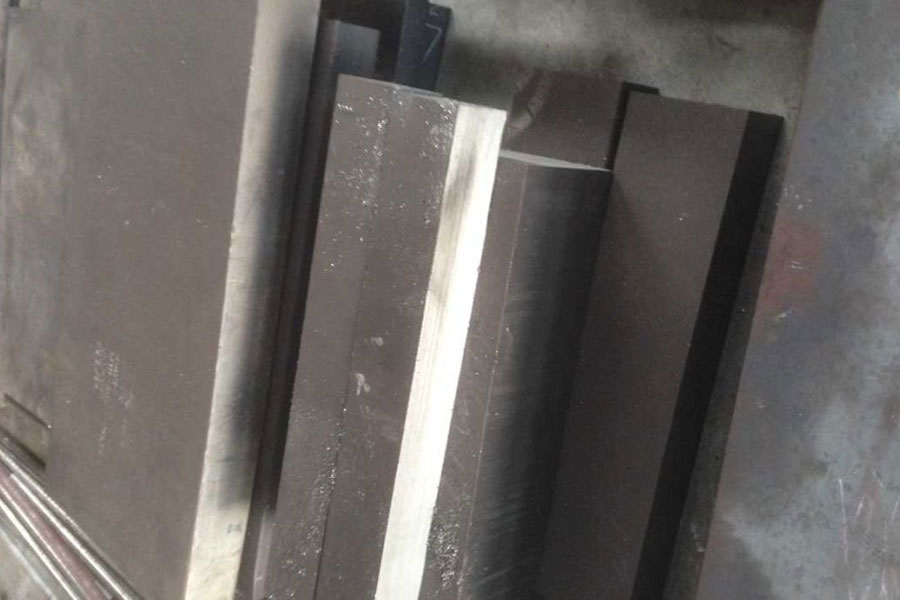Bingham fluid becomes solid under low stress and fluid under high stress. The static shear stress and plastic viscosity can characterize the characteristics of Bingham fluid. However, if Bingham fluid is to be introduced into the 3D gel printing process, two conditions need to be met: the shear stress caused by the movement speed of the nozzle is greater than the static stress of Bingham fluid, and its deformation and deflection accuracy is less than 0.01mm (according to Printing accuracy requires changing values); the shear stress caused by the interface between the printing material and the Bingham fluid support material cannot exceed the static shear stress of the Bingham fluid.
During the printing process, the nozzle moves at a constant speed in the support, and shear stress is generated in contact with the support material. When the area perpendicular to the direction of the nozzle movement speed reaches the maximum, the shear stress at both ends of the cylindrical surface of the nozzle reaches the maximum.
In the support, in addition to the hook speed movement of the print head, there is also the internal force generated by the viscosity of the printing material. This force counteracts the shear stress generated on the contact surface of the printing material and the supporting material. The condition to ensure successful printing is to produce The shear stress of is not greater than the static shear stress of the Bingham fluid support material. Air pressure has two influences on the printability of Bingham fluid: one is when the printing line width is smaller than the diameter of the nozzle, the direction of the shear stress of the printing material in the support is the same as the direction of the movement speed of the nozzle, and the other is the same. When the printing line width is greater than the diameter of the nozzle, the direction of the shear stress on the printing material in the support is opposite to the direction of the movement speed of the nozzle, and the magnitude is equal. Ignore the situation when the printing line width is equal to the diameter of the nozzle, because in this case, the shear stress inside the pumping material is zero, and the printing material must be able to deposit and shape in the support.
The characteristics of Bingham fluid are analyzed. Bingham fluid is a non-Newtonian fluid, and it will flow only when the shear stress is greater than the static shear stress. The parameters that characterize Bingham fluid are static shear and apparent viscosity. By constructing a mechanical model, the printing performance as a support material was explored. Including the relationship between the critical print length of the print head and the critical print head moving speed and the performance of Bingham fluid. So as to ensure the successful application of Bingham fluid in gel 3D printing Service. At the same time, it also lays a theoretical foundation for exploring the parameter selection of gelatin particle support materials in gel 3D printing.
